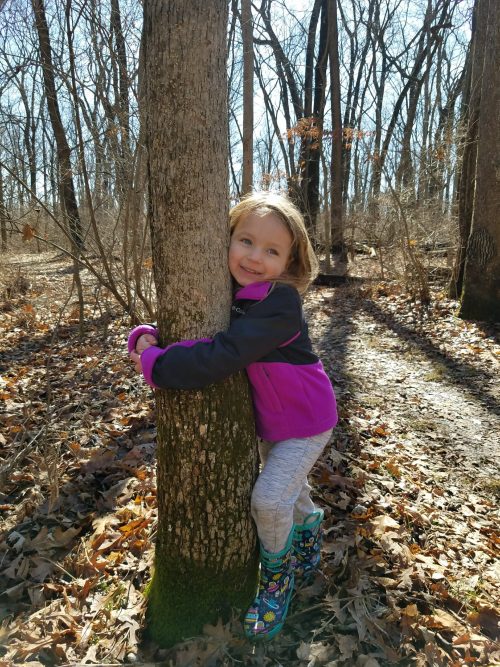Pollinator Plants for Your Garden – Part 2

This is Part 2 of a 4 part blog series describing 12 easy-to-grow plants for attracting pollinators (butterflies, bees, etc) to your garden. If you missed Part 1 last week, you can read it here. The 12 species discussed in the series are all available for free (while supplies last!)–see December 12th blog, Create Your Own Pollinator Habitat at Home, for details.
Small yellow wild indigo (Baptisia tinctoria)

Baptisia germination is increased by scarifying seeds with sand paper and soaking in water 24 hours before planting. Seeds require at least 10 days of moist stratification (place in the refrigerator with moist sand) prior to sowing. Can be started inside or sown directly outdoors. For optimal germination, sow indoors in seed starting mix, 1/4” deep. Keep seedlings evenly moist. When transplanting outdoors, select a full sun, well-drained site.
Seedlings grow slowly in the first year– but have patience!
At maturity, this shrub-like perennial boasts attractive foliage and countless yellow pea-like blooms that are visited by many butterflies, bees, and other pollinators.
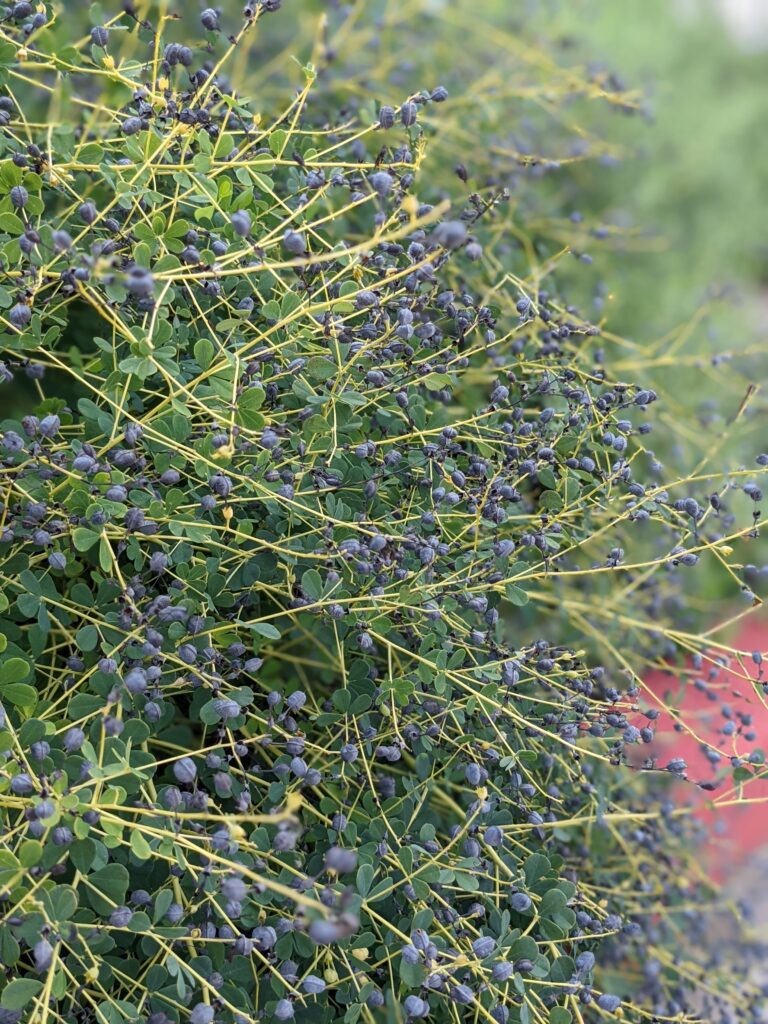
Post-bloom, the foliage and seed pods add attractive texture to the garden. The plant serves as a host for the caterpillars of the wild indigo duskywing skipper and the clouded sulphur. It can be easily pruned for shape, which we do occasionally on the square if they start crowding the sidewalk.
Butterfly weed (Asclepias tuberosa)
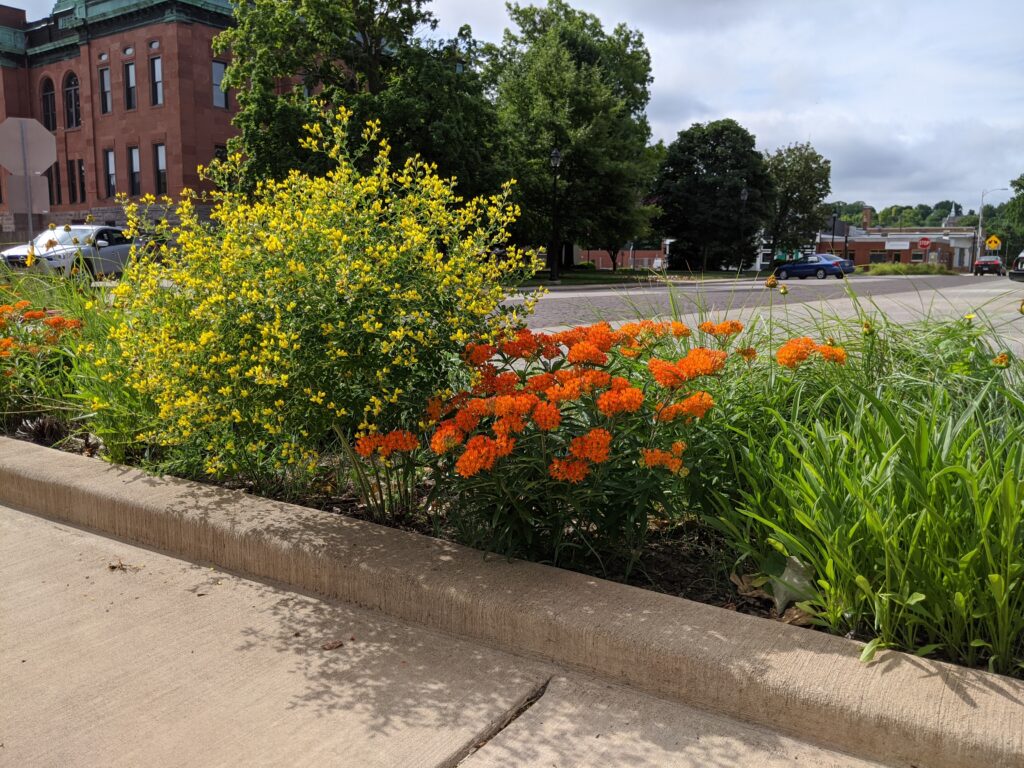
Milkweed seeds require 60 days of moist stratification (place in the refrigerator with moist sand) prior to sowing. Can be started inside or sown directly outdoors. For optimal germination, sow indoors in seed starting mix with a dusting of mix or vermiculite to cover lightly. Keep seedlings evenly moist.
When transplanting outdoors, select a full sun, well-drained site.
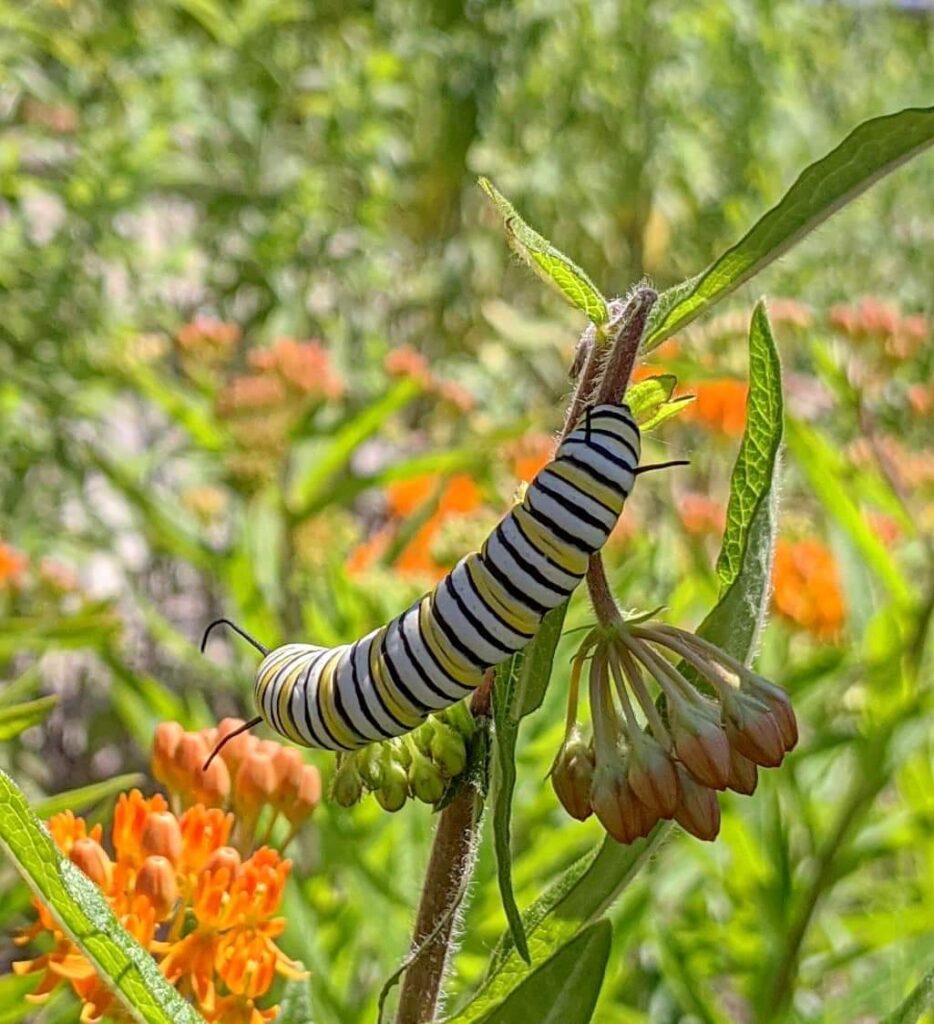
At maturity, mound-shaped plants reach 2’-3’ and the showy orange flowers attract many butterflies, bees, and other pollinators while the plant serves as a host for monarch caterpillars. Some milkweeds have a bad reputation, spreading too much for a garden setting—but not this species! It does not spread via the roots like common milkweed. New seedlings can pop up, but it is not an aggressive spreader. Butterfly weed is probably the best suited milkweed for a garden setting. It often blooms in the first season. Before you know it, you’ll be collecting seeds to share!
Blue star (Amsonia tabernaemontana)
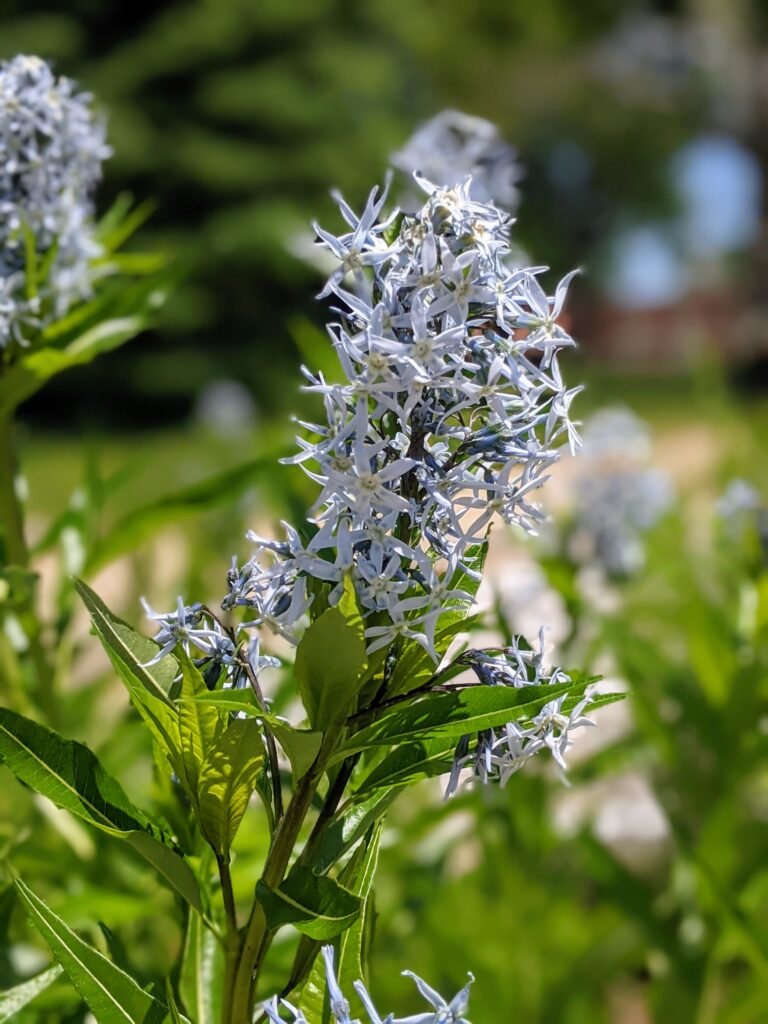
Direct sow Amsonia in late fall, planting seeds 1/4″ deep and lightly compacting the soil. For spring planting or starting indoors, mix the seeds with moist sand and store in the refrigerator for 60 days before planting. Keep the soil lightly moist. Select a well-drained planting site in full to part sun. At maturity, it reaches 3’ with a shrubby appearance.

Showy blue star-shaped flowers bloom in pyramidal clusters at the tips of stems in late spring, late April into June. Attractive foliage holds up well through the summer. It can be cut back by up to half following bloom time to encourage more compact growth. This is especially helpful in shadier planting sites where it tends to flop more than plants in full sun. It is a great food source for many butterflies, bees, hummingbirds, and other pollinators. Its milky sap makes it relatively deer-resistant! In fall, the willow-like foliage turns a beautiful gold, a great partner for fall blooming asters and grasses.
